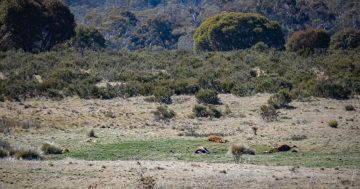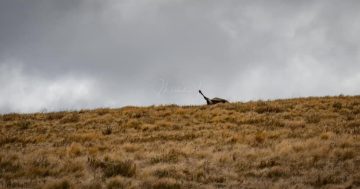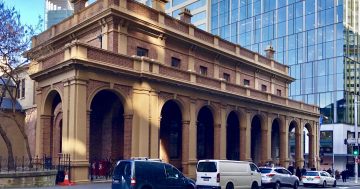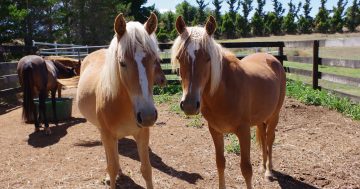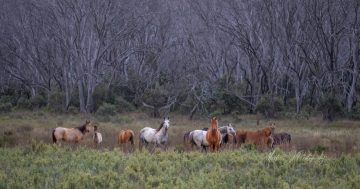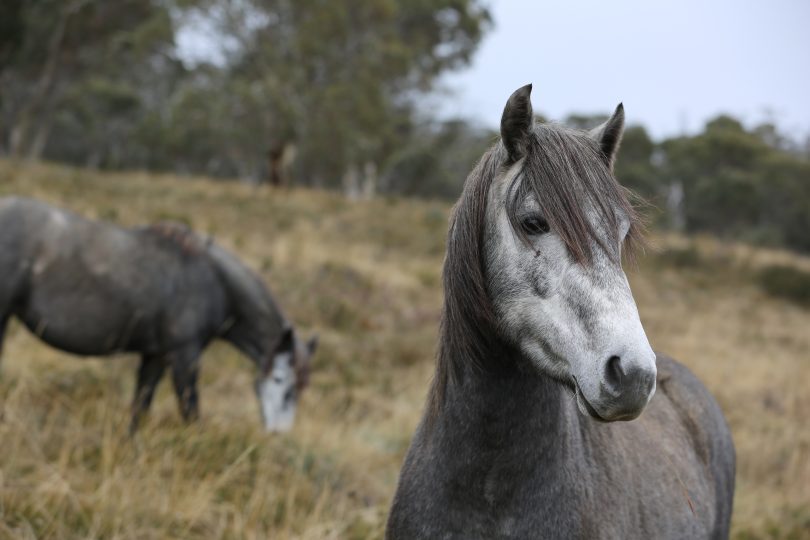
Wild brumbies at Currango Plain in Kosciuszko National Park. Photo: Supplied.
The number of wild horses in Kosciuszko National Park would be slashed under a new proposed plan to manage their population and the impact they have on the region’s alpine wilderness – but don’t expect any aerial shooting.
The Kosciuszko National Park Wild Horse Heritage Management Plan proposes to remove or cull about 9000 wild horses, or brumbies, during the course of six years.
The latest government figures put the estimated number of brumbies in Kosciuszko National Park at 14,380, which experts say is far too many heavy hooves for the sensitive alpine ecosystem.
The scientific evidence is that the current numbers are causing severe damage faster than it can be naturally repaired but the brumbies’ place in the high country is a contentious issue, with advocates arguing the numbers are inflated and removal is not necessarily the answer.
Impacts include trampling the fragile subalpine ecosystem, eroding waterways and destroying key habitat for threatened species such as the northern corroboree frog and stocky galaxias fish.
Such is the negative environmental impact, wild horses have been formally recognised as a Key Threatening Process according to the NSW Biodiversity Conservation Act 2016.

Wild brumbies as seen from the air in Kosciuszko National Park. Photo: Supplied.
In response, the new draft management plan allows for a “sustainable wild horse population” of 3000 to remain in 32 per cent of the park by 30 June, 2027. The 47 per cent of the park that is already free of brumbies would be kept that way.
The NSW Government’s last draft strategy, in 2016, called for the population of feral horses in Kosciuszko National Park to be reduced by 90 per cent over 20 years. But this was opposed by then NSW Nationals leader John Barilaro and was never implemented.
Instead, he introduced the Kosciuszko Wild Horse Heritage Act in 2018 – the first law to protect an introduced species in a national park to the detriment of native species.
NSW Minister for the Environment Matt Kean says the draft plan is trying to strike a balance between protecting the park’s environment and recognising the cultural heritage value of wild horses.
Another law rules out the aerial culling of horses in NSW national parks.
This was put in place in October 2020, following drought, when a widespread cull of the largely starving brumby population garnered national media attention, and public consensus quickly turned against shooting horses from helicopters.
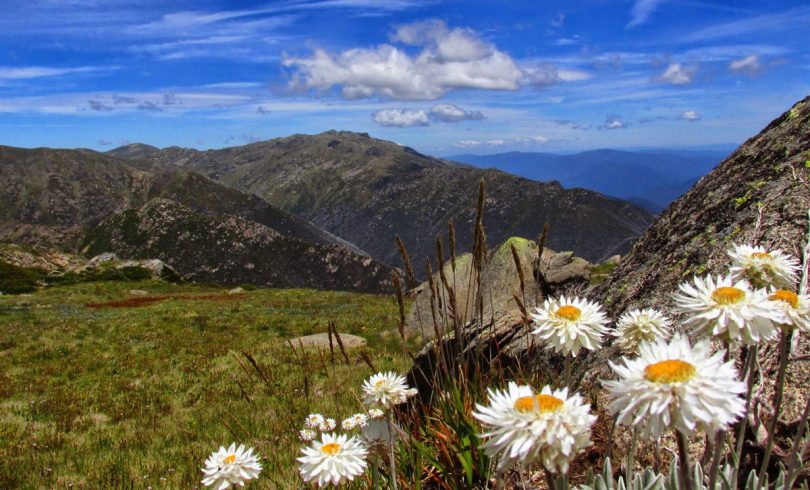
The Kosciuszko National Park alpine ecosystem is being destroyed by wild horses faster than it can naturally repair itself. Photo: Mike Bremers.
Conservation groups still maintain that aerial culling is the only practical method for quick, large-scale and humane culling of large animals in inaccessible locations.
The RSPCA also supports professionally managed aerial culling of feral horses in Kosciuszko National Park, saying that trapping and transporting horses for slaughter causes more suffering than a bullet.
According to the new management plan, culling measures would include a mix of aerial mustering, trapping and ground shooting.
Removing wild horses from alpine areas of Kosciusko National Park has been an ongoing task since 2002. Kosciuszko land managers first identified the need to control the increasing brumby herds in the late 1990s when their numbers were estimated at 2000.
The term ‘brumby’ is attributed to Sergeant James Brumby, who left his horses to run free on his land in NSW when he was transferred to Tasmania in the 1830s.
Across eastern Australia, wild horse numbers have increased massively since then, and Australia now has the largest population of wild horses in the world, with more than 300,000.
Minister Kean said he recognises there are very strong and diverse views on this issue.
“But at the heart of these views is a common desire to sustainably manage the park for the future,” he said.
The draft Kosciuszko National Park Wild Horse Heritage Management Plan is now available for community feedback until 2 November, 2021, and can be viewed here.
Minister Kean will consider the draft plan, along with any submissions and advice, before making any necessary changes and deciding whether to adopt the plan under the Kosciuszko Wild Horse Heritage Act 2018.








